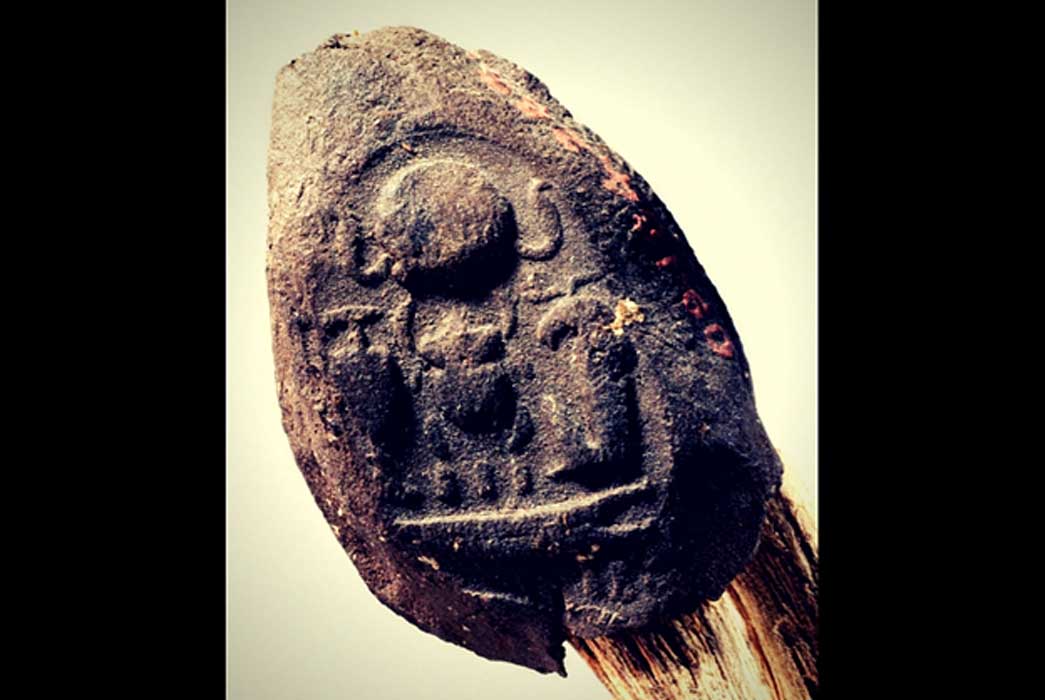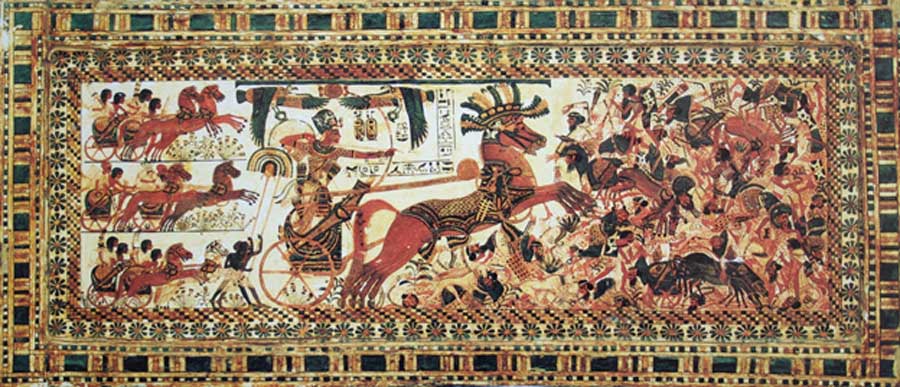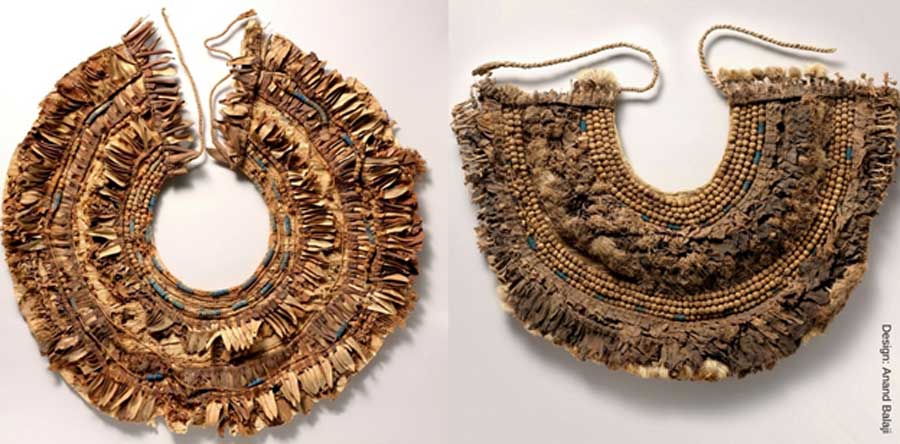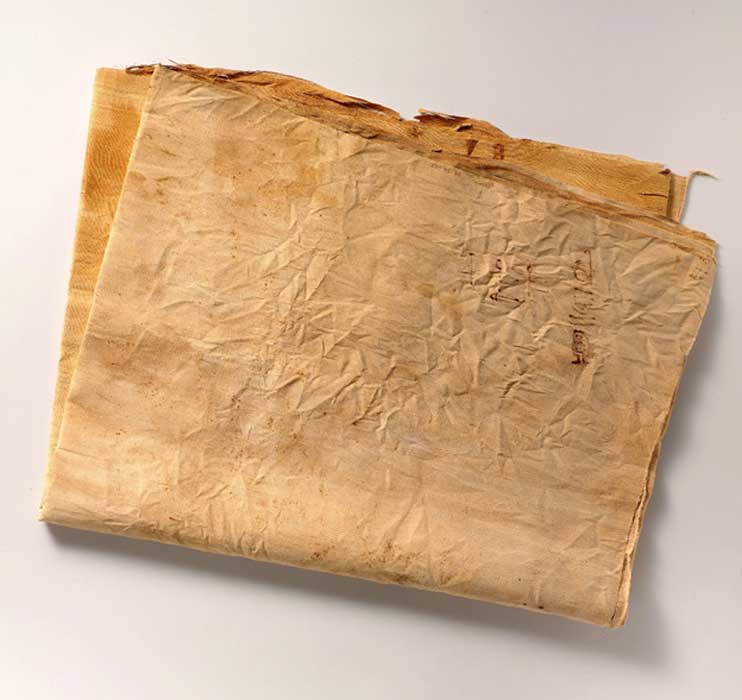
When Tutankhamun Lay in State: Do Floral Collars Hint at Sinister Turn of Events? – Part II
Based on the floral remains recovered from his crypt (KV62) and Pit (KV) 54, do the Dakhamunzu letters, allegedly written by Ankhesenamun, point to Tutankhamun’s delayed interment? If true, this is at odds with the evidence to hand that hints at a rushed burial. Or could it be that the priests required more than the traditionally prescribed 70 days from death to burial, because WV23 was unfinished and the need to recycle grave goods of the boy king’s predecessors took longer than expected?

Even though there is no definitive evidence that Tutankhamun ever participated in battles, wall reliefs at Karnak Temple and numerous objects found in his tomb suggest otherwise. Here, the pharaoh is depicted destroying Syrians by firing arrows and trampling the traditional enemies under his chariot. (Egyptian Museum, Cairo. Image: Yann Forget)
Importance of KV54
One of the critical finds from KV54 was a piece of linen marked with hieratic text saying: “The good god, Lord of the Two Lands, Nebkheperure, beloved of Min. Linen of year 6.” Howard Carter, recognizing that KV54 did not represent Tutankhamun’s actual tomb, and that it in fact signaled the existence of an undiscovered tomb in the vicinity, corresponded with the Metropolitan’s Egyptological Director, Herbert Winlock, in this regard in 1915.
In 1923, Winlock, who had subsequently found similar contents in other excavations throughout the Theban necropolis, instead identified the contents of KV54 not as an actual tomb, but an embalming cache, representing the refuse left over from the mummification of the pharaoh, rather than his ‘tomb’. The food and other related items likely came from a funerary banquet held at the pharaoh's interment. He estimated that there had been a total of eight official mourners who had attended the burial.

Floral collars recovered from KV54, Tutankhamun’s embalming cache, were made up of an array of flowers and materials such as: Papyrus, olive leaves, persea leaves, cornflowers, blue lotus petals, Picris flowers, nightshade berries, faience and linen. Davis/Ayrton excavations, 1907. (Metropolitan Museum of Art, New York)
When Tutankhamun’s tomb was discovered in 1922, similar items were found in the entrance corridor. Dr Nicholas Reeves throws light on the contents: “What Ayrton had brought to light in Pit 54 was in fact of immense interest. Winlock, of New York's Metropolitan Museum of Art, believed that these jars contained the remains of a funerary meal and ritually unclean mummification debris which had had to be buried away from the tomb with which it was associated; to judge from the inscribed linen and the seals employed, the owner of this material was Tutankhamun himself.





